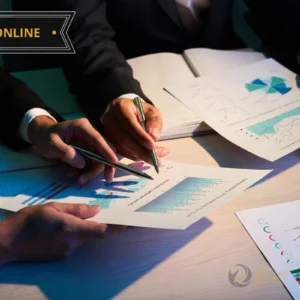This course will introduce you to the concept of sustainability and how it can benefit your business in terms of innovation, competitiveness, reputation, and profitability. You will learn how to identify and address the social and environmental issues that are relevant to your business, and how to create shared value for your stakeholders and the planet. You will also learn how to communicate and implement your sustainability strategy effectively, and how to measure and report your sustainability performance.
Online Courses, Sustainability
Sustainability as a Strategic Advantage How to Create Value for Your Business and Society – Online
£4,599.00 – £5,599.00Price range: £4,599.00 through £5,599.00
SKU: N/A
Categories: Online Courses, Sustainability
| From where you want to join? | London, Edinburg, Dubai, Riyadh, Istanbul, Marrakesh, Bali, Sydney, Auckland, Paris, Rome, Berlin, Madrid, Prague, Vienna, Munich, Geneva, Bercelona, Athens, Iceland, Singapore, Lagos, Accra |
|---|
Be the first to review “Sustainability as a Strategic Advantage How to Create Value for Your Business and Society – Online” Cancel reply
Related products
-
Human Resource Management
The Art and Science of Effective Coaching: Skills and Strategies for Leading Your Team to Success – Online
£2,000.00 Enroll NowRated 0 out of 5 -
Human Resource Management
Writing Effective Policies and Procedures – Online
£2,000.00 Enroll NowRated 0 out of 5 -
Corporate Governance
Corporate Governance in the 21st Century: Trends, Challenges and Opportunities Online
£2,000.00 Enroll NowRated 0 out of 5 -
Human Resource Management
Essential HR Practices for Managers, Team Leaders and Supervisors: How to Manage People Effectively – Online
£2,000.00 Enroll NowRated 0 out of 5






Reviews
There are no reviews yet.